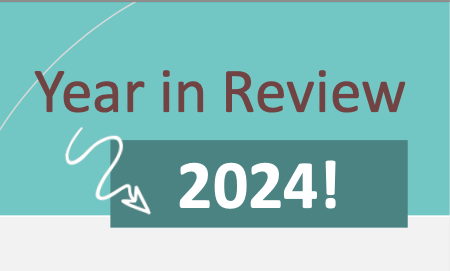I read recently that ⅔ of qualitative research is now online, and that feels about right from my experience. Pre-COVID, Zoom groups were not unheard of, but they certainly weren’t the norm; we spent A LOT of time in focus group facilities (and languishing in airports). Now, it’s pretty much the opposite. I wouldn’t say we never do in-person groups any more, but we don’t do them very often. Last summer, we actually had to switch a project in a mid-sized market from in-person to online because of difficulties recruiting– something I had never seen before.
Like any decision, there are advantages to both sides, and we’ve laid them out in this handy list:
Benefits of In-Person:
Hey, New Friend: Camaraderie is much easier to establish during in-person groups. Participants are more likely to interact with each other (remember, they’re strangers!) in a more natural way versus the “Sorry, you go ahead.” “You’re on mute.” interactions that we see on Zoom.
Going Deep: In general, we get more depth when we’re in the room. In-person leads to more intimate, emotional responses; authentic insights gleaned from rich projective activities; and more revealing body language and non-verbal communication.
You Can Touch This: Participant input on physical items like products or packaging is best received in-person, when people can use all their senses to evaluate the stimuli. (Check out how we pulled off in-person product testing at the height of COVID in summer 2020!)
More Time With More People: In-person groups generally go longer (2 hours is typical, vs. 90 minutes before “Zoom fatigue” sets in in online groups) and can accommodate more people (6-8 is common, vs. 4-5 in a video group).
Fewer No-Shows: Anecdotally, we’ve found that it is harder to get people to agree to participate in in-person groups– but once they do, we see a better show rate than online groups. The idea of putting on pants and going somewhere may seem daunting, but once I’ve put the in-person group on my calendar and committed to going, it’s harder to bail.
Enjoy Your Viewing Experience: When clients view in-person, they tend to engage in a more focused way and internalize learnings. Live debriefs with moderators between groups can be more interactive and dynamic, since observers are more integrated into the group experience. Clients can always view in-person groups virtually, but they often end up distracted or pulled away for “urgent” issues.
Benefits of Online:
Home is Where I’m Me: Being in their own space makes a lot of respondents more comfortable. You see a side of someone that doesn’t come through in person.
Anybody, Anywhere: While focus group facilities tend to be in or near major cities, Zoom groups have a virtually unlimited reach. We can talk to people in LA and people in Chicago without having to leave New York. And at this point, nearly everyone we encounter has a high level of comfort with online video platforms; in the Before Times, clients often hesitated to use online methodologies for anyone over 60, which now seems ridiculous.
Wake Up and Log On: There’s definitely something to be said for the convenience of being able to moderate groups from my living room, rather than a focus group facility in Columbus or Atlanta. Both respondents and clients tell us it’s much less of a hassle to log on from home, especially when the weather is bad and the hour is late.
The Elephant in the Room: Online groups are less expensive. Our clients lean into saving not only time, but also costs on travel and facility rental. However, it should be recognized that the number of respondents and time with them is typically less online.
Want to learn more about how research can help YOU make smart decisions? Contact us.



